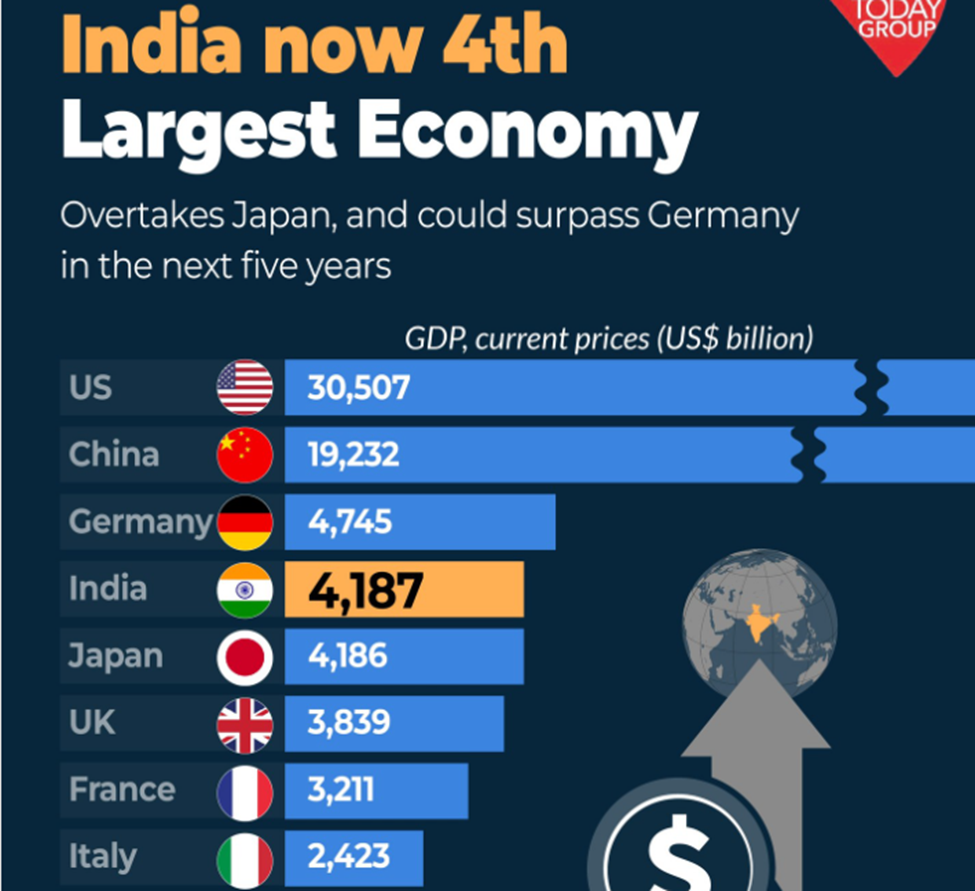Shift in India’s Dining Landscape: Survey
- InduQin
- Jan 13
- 4 min read
India's food consumption habits are evolving, reflecting modernization and lifestyle changes. The HCES 2023-24 reveals that households are increasingly spending on packaged and processed foods over fresh produce. Conducted with 261,953 households, the survey highlights disparities in spending, particularly between rural and urban areas. Processed foods now account for significant monthly expenses, raising concerns about nutrition and environmental impact. Encouragingly, rural consumption is rising, with a narrowing gap in spending between rural and urban households, signaling positive economic trends and the effectiveness of welfare programs.

India is witnessing a transformative evolution in its food consumption habits, reflecting the nation’s dynamic modernization and lifestyle changes. Traditionally centered around fresh produce and staple foods, the Indian diet is increasingly gravitating towards convenience and instant options, signaling a new era of culinary preferences.
The recently published Household Consumption Expenditure Survey (HCES) 2023-24 by the Ministry of Statistics and Programme Implementation highlights this significant shift in dietary trends. The survey indicates that Indian households, both in urban and rural areas, are now allocating more of their budgets to packaged and processed foods than to fruits, vegetables, or eggs.
Conducted from August 2023 to July 2024, the survey involved a diverse sample of 261,953 households, including 154,357 from rural areas and 107,596 from urban centers, ensuring comprehensive representation across all states and union territories. It produced two sets of Monthly Per Capita Consumption Expenditure (MPCE) estimates, reflecting the impact of social welfare programs on household spending.
These findings illustrate evolving consumption patterns at both national and state levels, offering valuable insights for policymakers to design targeted interventions that promote equitable growth. For instance, the average MPCE for the bottom 5% of rural households is ₹1,677, while the top 5% spends ₹10,137. Urban disparities are even more pronounced, with the bottom 5% averaging ₹2,376 and the top 5% at ₹20,310.
The survey reveals a nation on the move. As urbanization accelerates and rural aspirations rise, Indian consumers are increasingly prioritizing quick and easily accessible foods marketed as modern. Rural households are adopting patterns typically seen in urban settings, with ready-to-eat snacks and packaged drinks taking up a larger share of their monthly budgets. Meanwhile, traditional staples rich in protein and fresh produce are facing challenges from rising prices and shifting preferences.
This transition is influenced by broader factors beyond individual choices, including aggressive marketing from multinational brands and economic disparities. Together, these elements are reshaping India’s food narrative, one shopping cart at a time.
In rural areas, beverages and processed foods account for nearly 10% of monthly food expenses, while in urban households, this figure exceeds 11%. These products are now outpacing traditional staples like milk and vegetables.
The popularity of processed foods can be attributed to their affordability, longer shelf life, and convenience for busy consumers. Their penetration into rural markets has been facilitated by smaller, pocket-friendly packaging and extensive distribution networks. Items such as biscuits, instant noodles, soft drinks, and packaged juices are now a part of the everyday diet, introducing a taste of urban living to rural households.
However, experts warn of a potential nutritional gap, particularly in rural areas where fresh produce is increasingly substituted with packaged alternatives. While these foods provide quick energy, they often lack vital nutrients, which could lead to health issues like obesity and micronutrient deficiencies over time. Additionally, this shift raises environmental concerns, including increased plastic waste and carbon emissions from the production of packaged goods.
The trend of prioritizing processed foods is mirrored in non-food expenditures, with such items constituting 53% of monthly spending in rural areas and 60% in urban locales. Key contributors to this trend include:
- Conveyance: Increased mobility demands.
- Clothing and Footwear: Reflecting aspirations and lifestyle upgrades.
- Durable Goods and Entertainment: Indicating a shift towards leisure and consumerism.
- Rent: A significant expenditure for urban households, consuming approximately 7% of total budgets.
Urban households continue to spend more overall, with an MPCE of ₹6,996 compared to ₹4,122 in rural areas. This shift towards non-food spending highlights broader socio-economic changes, including rising incomes and greater access to goods and services, catering to a burgeoning middle class. Notably, rural consumption has been on the rise, with MPCE growing by 9% in rural areas and 8% in urban ones over the past year. This growth is attributed to government initiatives that enhance purchasing power among rural communities.
The survey also reveals significant regional disparities in spending, with states like Sikkim and Kerala showcasing the highest MPCE figures due to robust economic growth and better infrastructure. Conversely, states such as Chhattisgarh and Jharkhand demonstrate lower MPCE levels, indicating ongoing challenges related to poverty and limited resources.
Encouragingly, the survey indicates a reduction in consumption inequality, with the Gini coefficient decreasing in both rural and urban sectors. This decline signifies that economic growth and welfare measures are benefiting marginalized communities. The bottom 5% of households experienced notable MPCE growth, with rural households seeing a remarkable 22% increase, while urban households in the same category experienced a 19% rise.
As rural consumption outpaces urban growth, the gap between the two has narrowed to 70%, down from 71% the previous year, reflecting a sustained momentum in rural economic recovery.
India’s evolving consumption patterns illustrate a country in transition, balancing tradition with modernity, convenience with health, and aspiration with affordability. While the rise of processed foods and non-food expenditures indicates economic advancement, it also raises important questions regarding sustainability and health.
Policymakers, industry leaders, and civil society must collaborate to address these challenges, ensuring that India’s growth story remains inclusive and sustainable. As the nation reshapes its culinary landscape, the choices made today will significantly impact its economy, health, culture, and identity for generations to come.






Comments